Comedie-Francaise
Odo Dobrowolski
- ID
- Г-V-32
- Author
- Odo Dobrowolski
- Name
- Comedie-Francaise
- Date of creation
- 1911
- Technique
- drawing
- Material
- paper Indian ink coloured pencil
- Dimensions (height x width, cm)
- 24 x 33.5
- Type
- graphic art
- Genre
- landscape
Odo Dobrowolski

Portrait of an Armenian Churchman
unknown

Portrait of Ignacy Leonard Sadowski
unknown
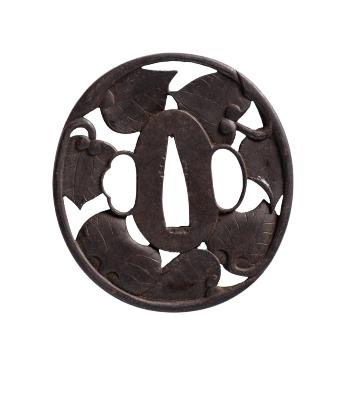
Tsuba
unknown

Portrait of Michal Sozanski
Jacek Malczewski

Portrait of Count Siminski and His Wife
Artur Grottger

Snowstorm in the Mountains
Roman Selskyi

Figure of a Monk
unknown

Portrait of King Michal Korybut Wisniowiecki
Daniel Shulz

Allegory of Mercy
unknown
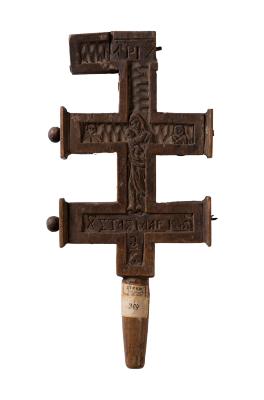
Hand Cross
unknown
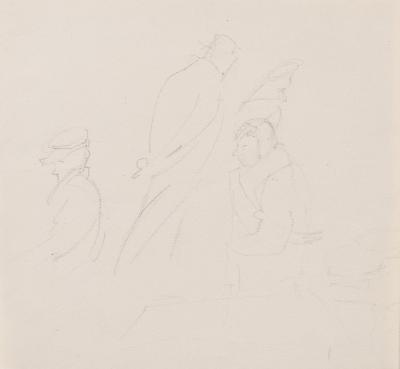
"Sketches" from the "Market Before the War" Series
Yaroslava Muzyka
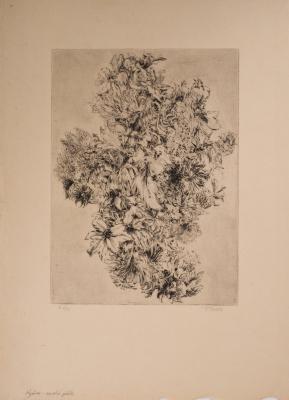
Bouquet
Frantisek Kobliha
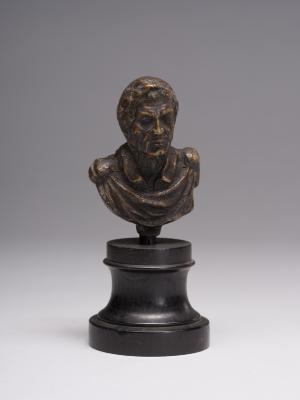
Bust of Gaius Julius Caesar (?)
unknown
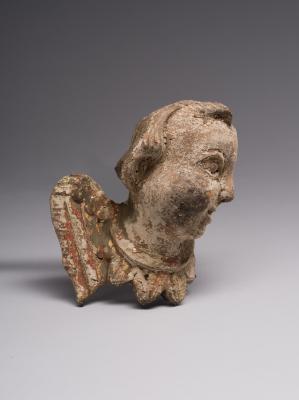
Seraph
unknown
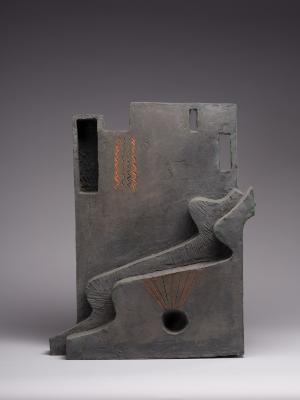
Wall of Forgotten Ancestors
Mykhailo Dzyndra